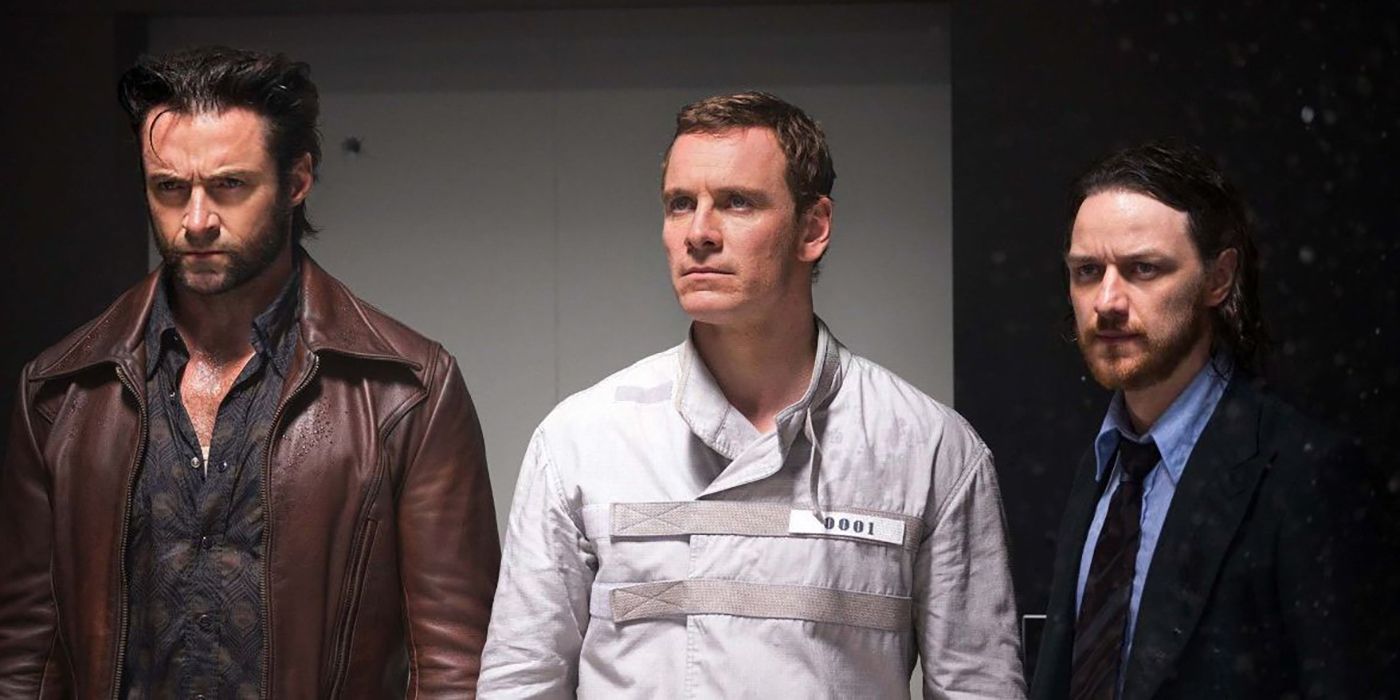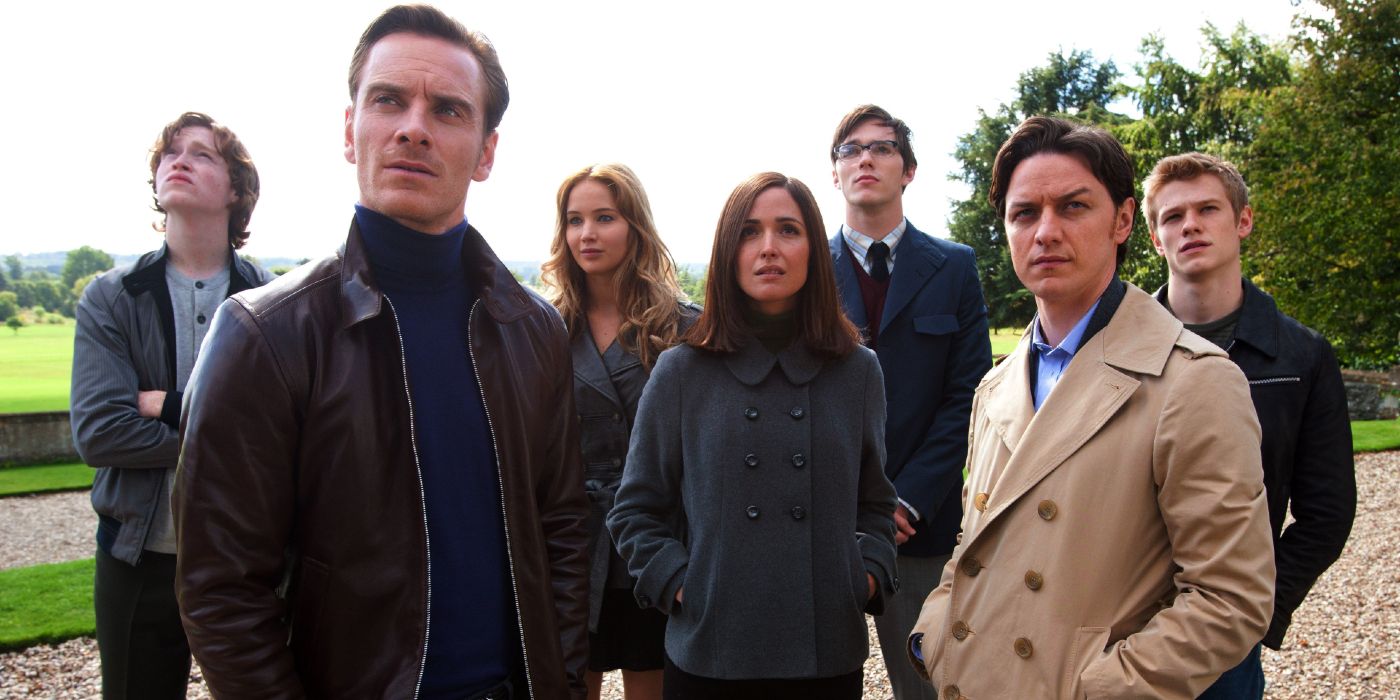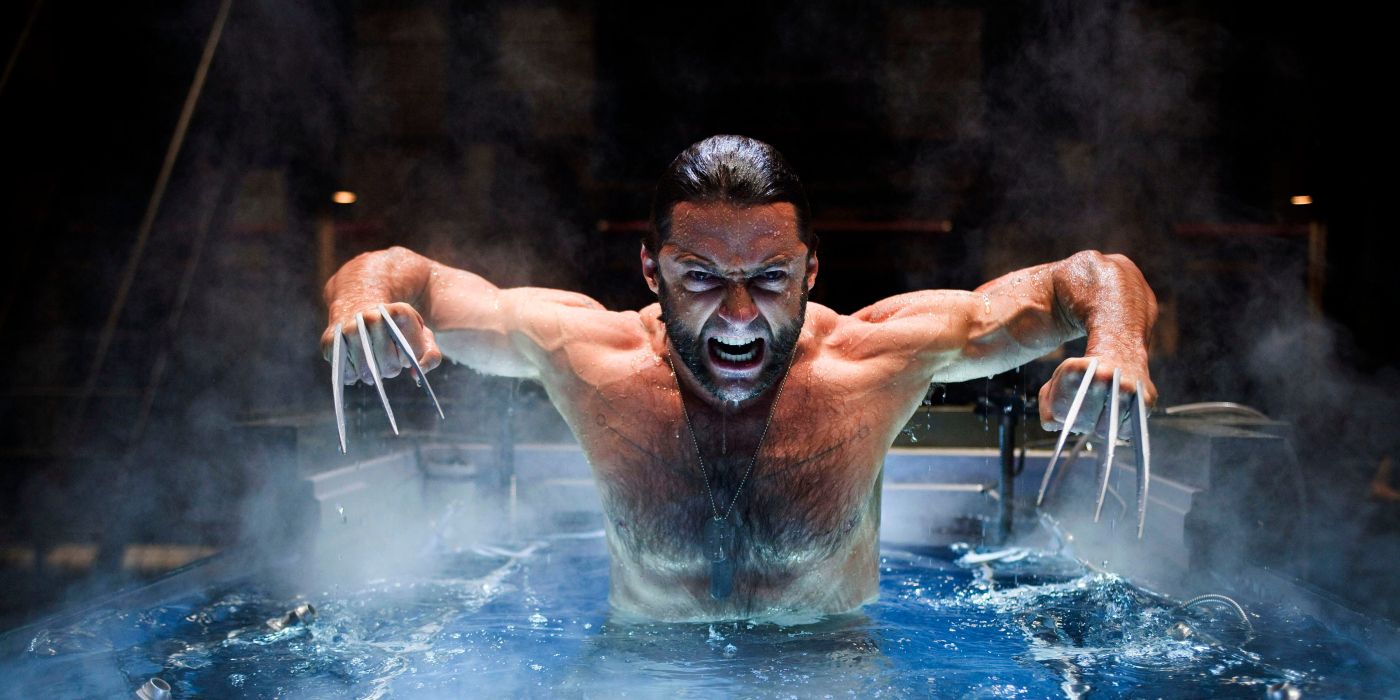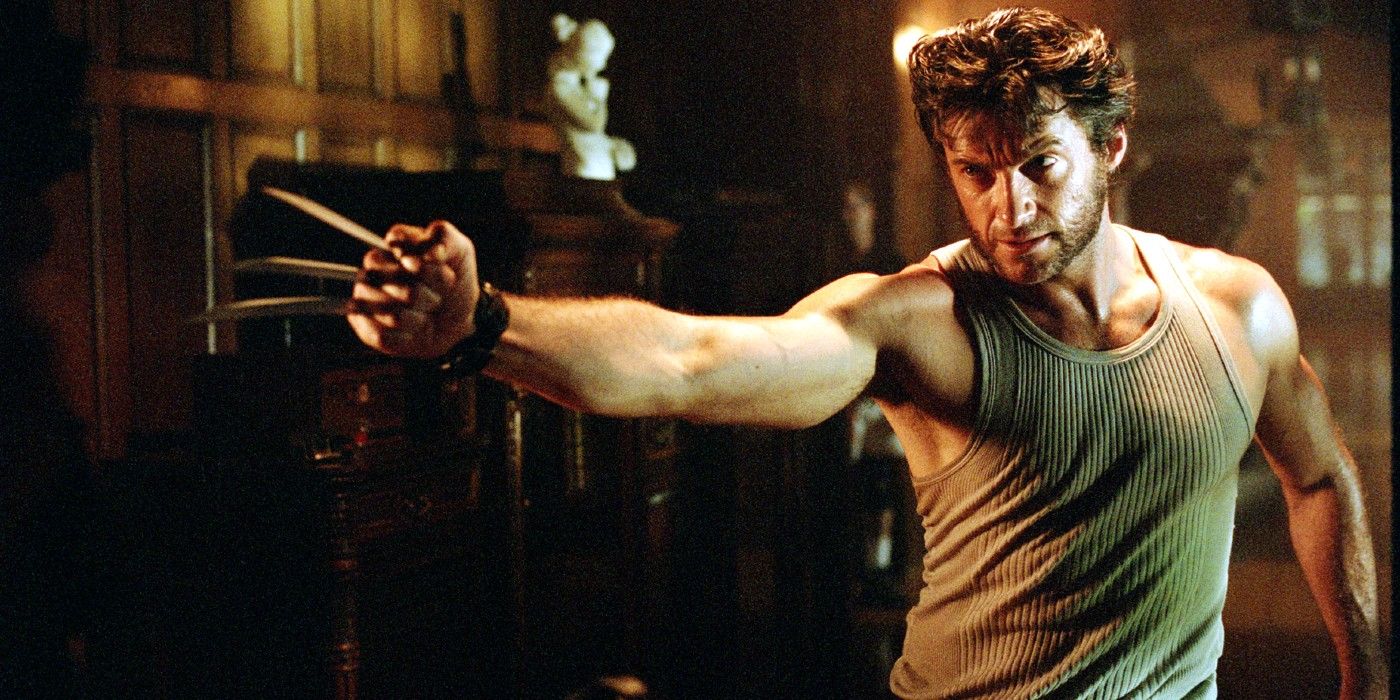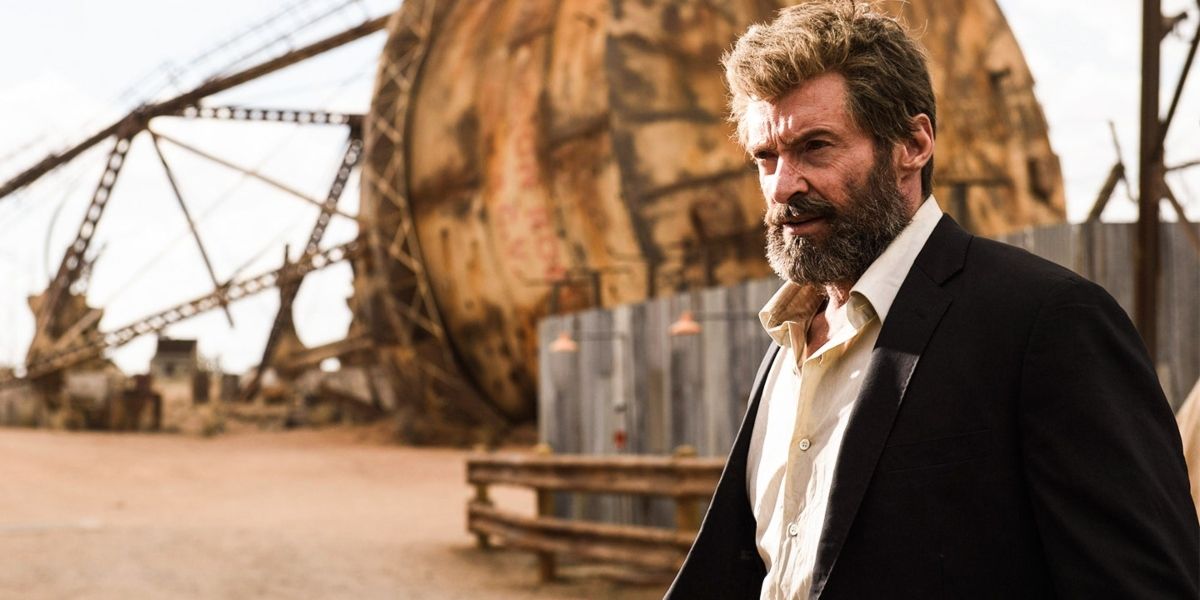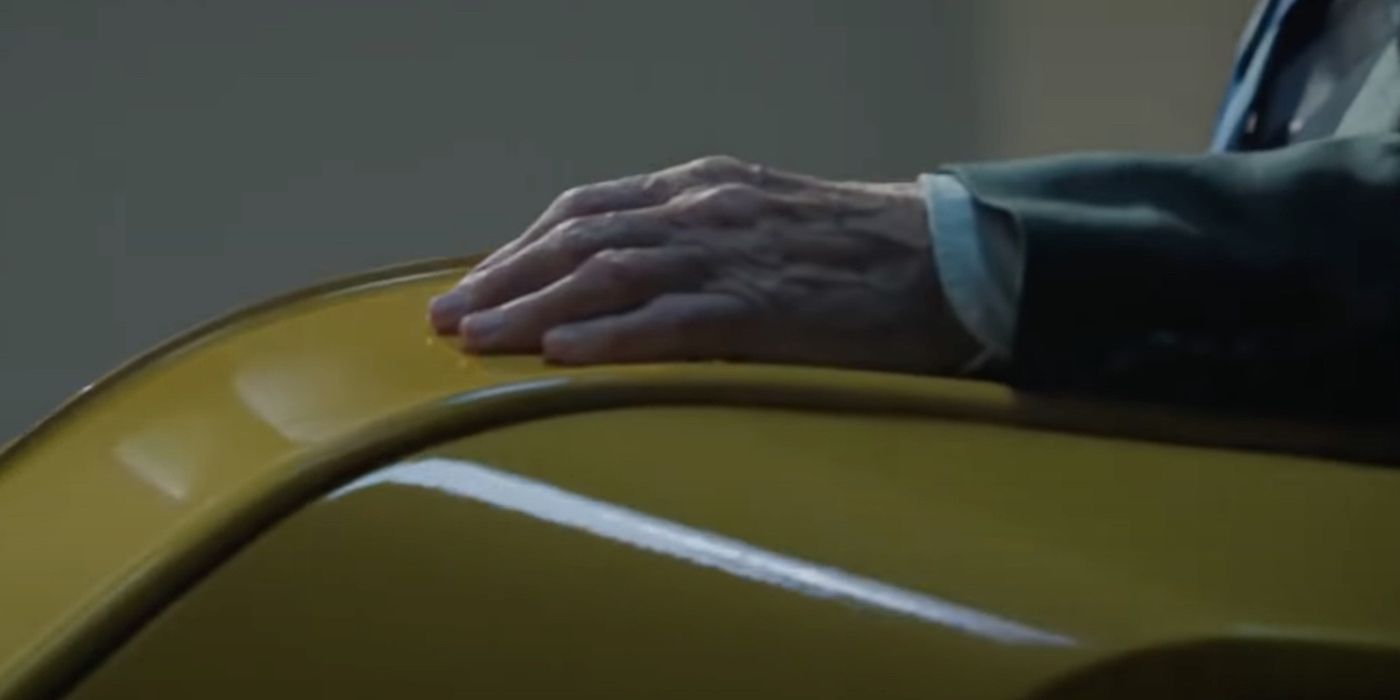Few franchises have been as integral to the evolution of the superhero movie genre than X-Men, which helped usher in a new era of comic book movies alongside films like Blade and Spider-Man. With 2000’s X-Men, the comic book series was adapted as a story about humanity first and foremost, drawing parallels to the civil rights movement and the struggle of minorities everywhere. That combination of human drama and high-flying spectacle made X-Men wildly popular, spawning a franchise that has thus far comprised 14 feature films diverse in tone, cast, and of course time period.
Indeed, the X-Men movies are not just fun, they’re complicated. Unraveling the X-Men timeline is a bit of a challenge due to the franchise’s malleability over the years – semi-reboots and prequels and spinoffs all kept the series fresh, but complicated its continuity.
So if you’re looking to watch the X-Men movies but unsure which order to go in, we’ve put together a handy guide to your two best viewing options – chronological order of events within the films, or simply arranged by the order in which they were made. Both ways have their merits, but the chronological order offers up a bit of a unique twist on things as the order in which events occur doesn’t always correspond to when (and by whom) each film was made.
Here’s how to watch the X-Men movies in order.
X-Men Movies in Chronological Order
X-Men First Class
This prequel is the earliest-set X-Men movie in the universe, with most of the action taking place in the year 1962 as a young Charles Xavier (James McAvoy) teams up with a young Erik Lensherr (Michael Fassbender) to track down a former Nazi mutant scientist (Kevin Bacon). The film is set against the backdrop of the Cuban Missile Crisis.
X-Men: Days of Future Past
This is a tricky one. So technically most of the action of X-Men: Days of Future Past takes place in the year 1973, but it’s also a future-set movie that simultaneously takes place in the year 2023. Future Wolverine (Hugh Jackman) has his consciousness sent back to his 1973 self so he can prevent Bolivar Trask (Peter Dinklage) from using Mystique’s (Jennifer Lawrence) blood to create indestructible Sentinels in the future. As if that wasn’t confusing enough, by the end of the movie, Future Wolverine successfully changes the past, potentially erasing the entire 2023 timeline we just witnessed as well as all the events that happened in X-Men, X2, and X-Men: The Last Stand. Moving forward from 1973, there is a new path forward for the mutants that may be slightly different than the one they previously traveled. As filmmaker Bryan Singer explained:
“Part of the philosophy we had at the end of Days of Future Past is that you can’t fully change the course or current of the river, but you can just divert it a little bit, and we diverted it a little bit… Any possibility could occur, but characters are still moving towards their immutable place.”
So you have two options when it comes to watching Days of Future Past — either watch it second for the 1973 setting, or watch it last as a finale that kind of undoes the entire timeline and concludes with a “New Future” where adult Professor X and Jean Grey are still alive.
X-Men Origins: Wolverine
The first-ever X-Men spinoff movie was the much-maligned X-Men Origins: Wolverine, which ostensibly tells the origin story of Hugh Jackman’s Wolverine character. The story actually begins all the way back in 1845, when a young Logan’s powers first manifest, but the film largely takes place in the year 1979 and reveals how Logan lost his memory.
X-Men: Apocalypse
So this “prequel” most closely follows the events of X-Men: First Class and the 1970s setuff in Days of Future Past, as X-Men: Apocalypse is set in the year 1983 and finds the young adult versions of the X-Men battling the world-ending (and centuries-old) villain Apocalypse (Oscar Isaac).
Dark Phoenix
The last film to feature the “young” X-Men cast is X-Men: Dark Phoenix, which takes place in the year 1992 and adapts the iconic Dark Phoenix comics storyline. By the end of the film, Jean Grey (Sophie Turner) has transformed into a Phoenix, which somewhat muddles how it connects to the next film chronologically.
X-Men
So for X-Men to work, you kind of have to ignore the events at the end of Dark Phoenix – but otherwise, it fits quite well. The first X-Men movie to be made roughly takes place in the year 2000, as it was set in present day when it was released.
X2: X-Men United
The first X-Men sequel, X2: X-Men United, takes place roughly three years after the events of X-Men, in the year 2003.
X-Men: The Last Stand
The final sequel in the original franchise line, X-Men: The Last Stand, takes place in the year 2006.
The Wolverine
20th Century Fox tried again with something of a reboot for the Wolverine character, as The Wolverine serves as a sequel to both X-Men Origins: Wolverine and X-Men: The Last Stand. It takes place in the year 2013 and finds Logan wrestling with the trauma of Jean Grey’s death in X2.
Deadpool
The R-rated Marvel Comics adaptation Deadpool is only tangentially connected ot the X-Men timeline, but if you want to be a completionist it takes place in the year it was released – 2016.
The New Mutants
This is a weird one. Director Josh Boone initially wanted the long-delayed Fox-Marvel movie to take place in the 1990s, but after the box office disappointment of X-Men: Apocalypse he was asked to make it present day. Now, Boone contends that the story “started being in the original X-Men timeline” but is now its own thing with tangential connections to the X-Men universe. So roughly this movie takes place in 2017, but there are no major timeline ramifications for what happens within the story.
Deadpool 2
The sequel Deadpool 2 actually features a very brief cameo from the young X-Men cast, as it takes place in the year 2018. It also features some meta time-travel jokes as Deadpool goes back in time to the events of X-Men Origins: Wolverine and kills Ryan Reynolds’ previous iteration of the Deadpool character.
Doctor Strange in the Multiverse of Madness
Another brief cameo, Patrick Stewart's appearance as Charles Xavier aka Professor X in Doctor Strange in the Multiverse of Madness is not firm confirmation of mutants in the MCU, but it does give fans hope that we are moving toward their eventual arrival. While Xavier is likely not any other version of Professor X that we've met before in live-action, there are obviously callbacks to the 1992 animated Xavier with his floating wheelchair. This might just be a variant, or a one off, but still, it's exciting to see Professor X in the MCU in some capacity.
Logan
A high-water mark for the franchise, the R-rated drama Logan is the movie whose action mainly takes place the furthest in the future – in the year 2029. It serves as a finale of sorts, featuring worthy canonical deaths of major characters.
X-Men Movies in Order of Release
X-Men – July 14, 2000
X2 – May 2, 2003
X-Men: The Last Stand – May 26, 2006
X-Men Origins: Wolverine – May 1, 2009
X-Men: First Class – June 3, 2011
The Wolverine – July 26, 2013
X-Men: Days of Future Past – May 23, 2014
Deadpool – February 12, 2016
X-Men: Apocalypse – May 27, 2016
Logan – March 3, 2017
Deadpool 2 – May 18, 2018
Dark Phoenix – June 7, 2019
The New Mutants – August 28, 2020
Doctor Strange in the Multiverse of Madness – May 6, 2022

